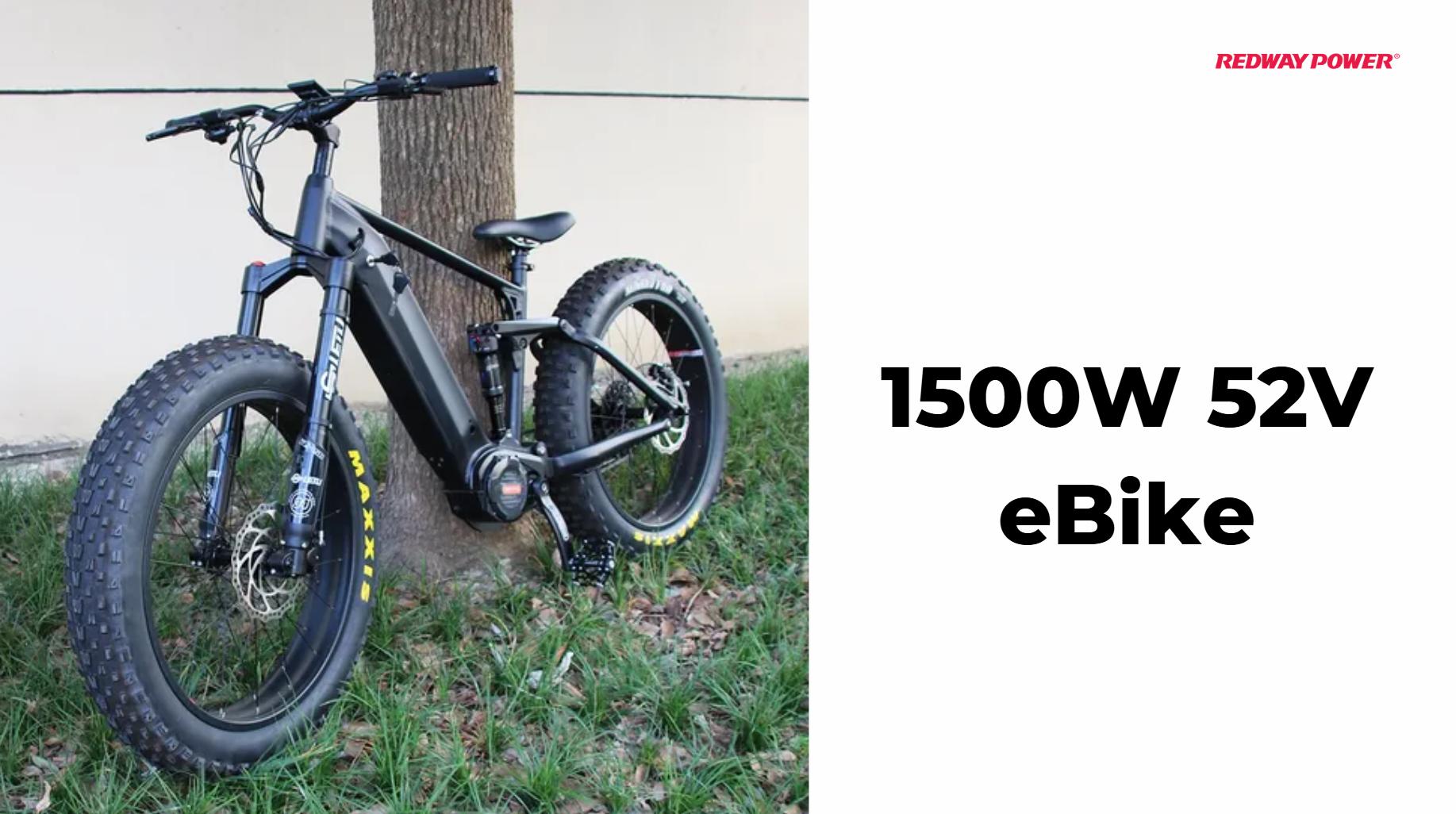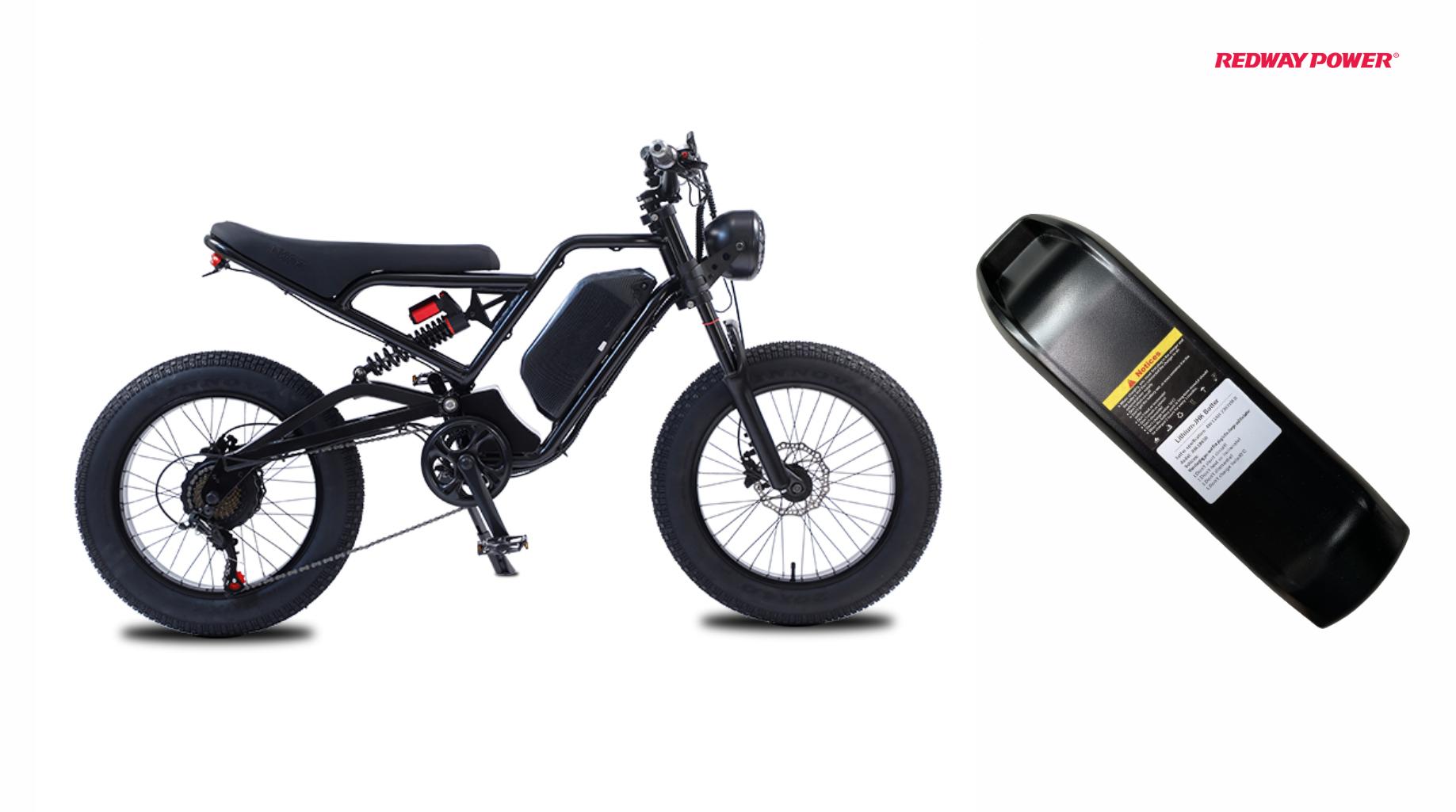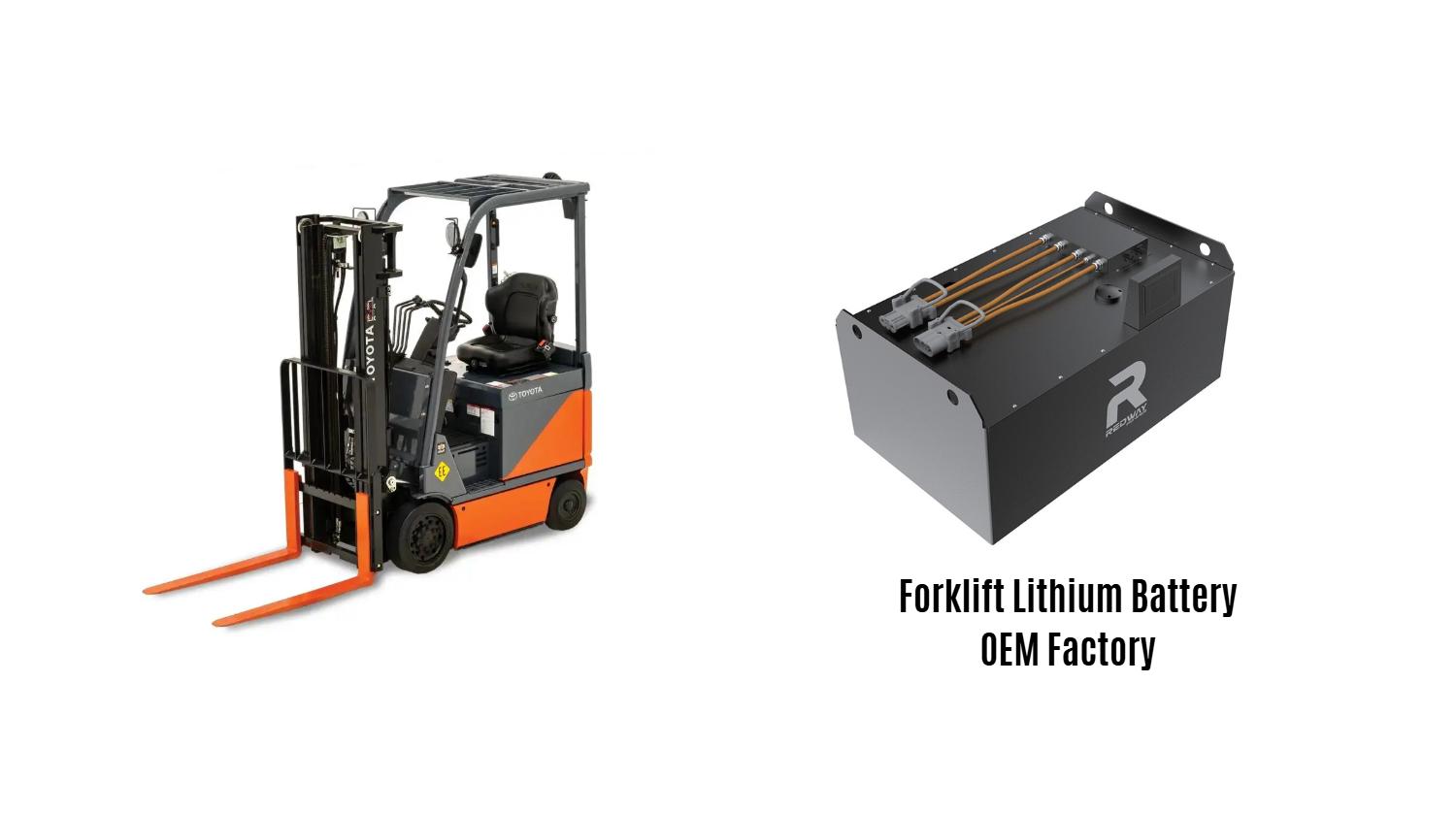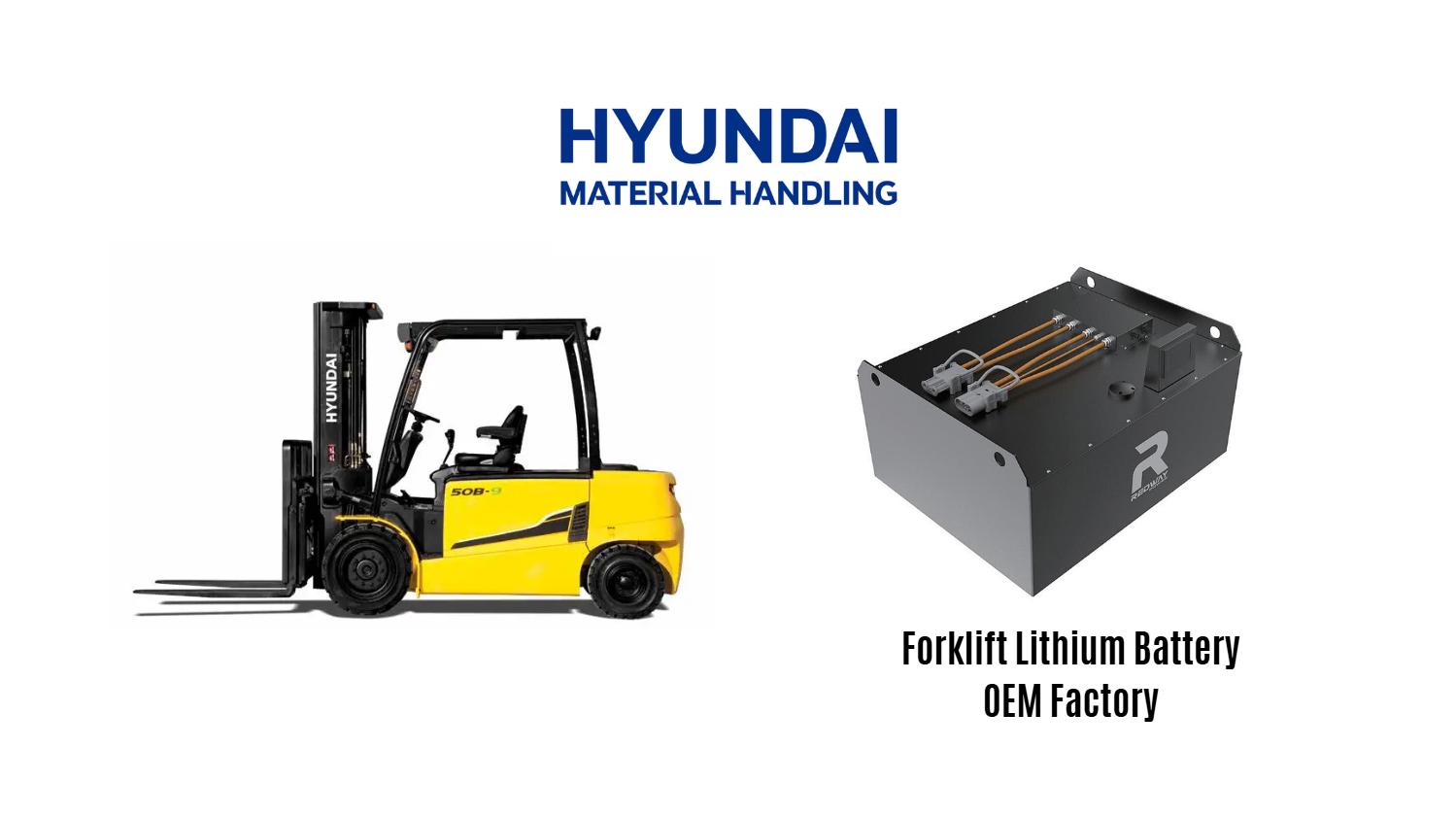Causes of battery discharge warnings include high power demands, aging batteries, or faulty charging systems. Solutions involve monitoring usage patterns, ensuring proper charging practices, and replacing old batteries to maintain optimal performance.
A battery discharge warning can be an alarming signal for any vehicle owner. This warning typically indicates that your car’s battery is losing power faster than it can be recharged. Addressing this issue promptly is crucial to avoid being stranded with a non-functional vehicle. In this comprehensive guide, we will delve into the causes of battery discharge warnings and provide detailed solutions to fix and prevent this issue.
Common Causes of Battery Discharge Warnings
Understanding the root causes of battery discharge warnings is the first step toward resolving the problem. Several factors can contribute to this issue:
1. Faulty Alternator
The alternator plays a vital role in charging your car battery while the engine is running. A malfunctioning alternator will fail to maintain the battery’s charge, leading to a discharge warning.
2. Parasitic Drain
Parasitic drain refers to the continuous consumption of power by electrical components when the vehicle is turned off. This can be caused by interior lights, alarm systems, or faulty wiring, resulting in a drained battery.
3. Short Driving Trips
Frequent short trips prevent the alternator from fully recharging the battery. Over time, this can lead to a diminished battery charge and a discharge warning.
4. Old or Defective Battery
Batteries have a finite lifespan. An old or defective battery might struggle to hold a charge, prompting a discharge warning even under normal driving conditions.
5. Extreme Weather Conditions
Both extreme heat and cold can adversely affect battery performance. In cold weather, the chemical reactions inside the battery slow down, reducing its ability to hold a charge. Conversely, excessive heat can increase the rate of battery degradation.
Immediate Solutions to Address Battery Discharge Warnings
When faced with a battery discharge warning, immediate action is necessary to prevent further complications. Here are some steps you can take:
Start and Run the Engine
One of the simplest and quickest solutions is to start your car and let the engine run for a while. This allows the alternator to charge the battery, potentially resolving the warning.
Check for Electrical Drains
Inspect your vehicle for any lights or accessories that might be left on. Ensure all doors are properly closed and that interior lights turn off when the doors are shut.
Use a Battery Charger
If the battery discharge warning persists, using a battery charger can provide a direct charge to the battery, restoring its power. Ensure you follow the manufacturer’s instructions to avoid damaging the battery.
Preventive Measures for Avoiding Battery Discharge Warnings
Prevention is always better than cure. Implementing the following measures can help you avoid future battery discharge warnings:
Regular Battery Maintenance
Perform regular checks on your battery’s health. Clean the terminals and ensure they are tightly connected. Check the battery fluid levels if applicable and top up with distilled water as needed.
Monitor Electrical Components
Keep an eye on electrical components that might draw power unnecessarily. This includes ensuring lights and accessories are turned off when not in use and disconnecting devices when the engine is off.
Schedule Routine Inspections
Include battery checks in your vehicle’s routine maintenance schedule. Professional inspections can identify potential issues early, allowing you to address them before they escalate.
Install a Battery Tender
For vehicles that are not driven regularly, consider installing a battery tender. This device maintains the battery’s charge by providing a small, consistent current, preventing discharge over extended periods of inactivity.
Advanced Diagnostic and Repair Solutions
Sometimes, addressing a battery discharge warning requires more advanced diagnostic tools and techniques. Here are some methods professionals use:
Conducting a Parasitic Draw Test
A parasitic draw test helps identify components that may be draining the battery when the vehicle is off. This involves using a multimeter to measure the electrical current and pinpoint the source of the drain.
Alternator Testing
Professionals can test the alternator’s output to ensure it is functioning correctly. This test measures the voltage and current produced by the alternator to determine if it is adequately charging the battery.
Battery Load Testing
A load test evaluates the battery’s ability to hold and deliver a charge under load conditions. This test can reveal if the battery is failing and needs replacement.
Checking the Voltage Regulator
The voltage regulator controls the voltage supplied by the alternator. A malfunctioning regulator can lead to overcharging or undercharging, both of which can trigger a battery discharge warning.
Choosing the Right Replacement Battery
If your battery is beyond repair, selecting the right replacement is crucial. Consider the following factors when choosing a new battery:
Battery Size and Type
Ensure the replacement battery matches the size and specifications recommended by your vehicle’s manufacturer. Using the correct type, such as AGM or conventional, is also essential for optimal performance.
Cold Cranking Amps (CCA)
CCA measures the battery’s ability to start the engine in cold temperatures. Choose a battery with a CCA rating suitable for your climate to ensure reliable performance.
Reserve Capacity (RC)
RC indicates how long the battery can power your vehicle’s electrical system if the alternator fails. A higher RC provides a greater buffer during unexpected failures.
Warranty and Brand Reputation
Select a battery from a reputable brand that offers a solid warranty. This ensures you receive a quality product with support in case of defects or issues.
Environmental Impact and Disposal of Old Batteries
Proper disposal of old batteries is critical for environmental protection. Lead-acid batteries contain hazardous materials that can harm the environment if not disposed of correctly.
Recycling
Most auto parts stores and service centers accept old batteries for recycling. Recycling ensures that the lead, plastic, and acid are processed and reused, reducing environmental impact.
Legal Regulations
Follow local regulations for battery disposal. Many regions have specific laws governing the disposal of hazardous materials, and adhering to these regulations is both a legal requirement and an environmental responsibility.
Conclusion
Addressing a battery discharge warning promptly can prevent inconvenient breakdowns and costly repairs. By understanding the causes and implementing effective solutions, you can maintain your vehicle’s battery health and ensure reliable performance. Regular maintenance, timely diagnostics, and choosing the right replacement battery are key steps in managing battery discharge issues.
Stay vigilant, and don’t ignore warning signs—taking proactive measures will save you time, money, and hassle in the long run.




